Description
QUESTION 1
1.
There are several types of practical activities. Demonstrate your
understanding of demonstrations, experiments and practical investigations.
The information should include the following:
•
Supplying an example of each practical activity
•
The role of the learner during each practical activity
•
The role of the teacher during each practical activity
•
An important element of each practical activity to consider
(20)
QUESTION 2
2.
Specific aim 1: “Doing Science” states that:
Learners should be able to complete investigations, analyse problems and use
practical processes and skills in evaluating solutions.
This means that learners should plan and do simple investigations and solve
problems that need some practical ability. Attitudes and values underpin this ability.
Respect for living things is an example – learners should not damage plants; if they
examine animals, they should care for them and release them to the place they
found them.
• Practical investigation:
Investigating different soil types – measuring how much water different soils
can hold (Grade 5 – term 4).
The scientific process is a way of investigating things about the world. Scientists use
this process to find out about the world and to solve problems.
4
Follow the steps below to identify and elaborate on them in the investigation
above.
Step 1:
Identify a problem and develop a question. What is it you want to find
out?
Step 2:
Form a hypothesis. A hypothesis is your idea, answer or prediction
about what will happen and why.
Step 3:
Design an activity or experiment. Do something that will help you test
your idea or prediction to see if you are right.
Step 4:
Observe/note changes/reactions (e.g., through measuring), and record
your observations (e.g., onto a table). What were the results of your
activity or experiment? Write about what happened.
Step 5:
Make inferences about the observations recorded in the tables, graphs,
drawings, and photographs. Make some conclusions. What did you find
out? Do your results support your hypothesis? What did you learn from
this investigation?
• Guidance for answering the above question:
Source the practical investigation from a textbook or the internet.
•
Identify the various steps and supply the relevant information for each step in
the practical investigation.
Rubric for each practical
Criteria
Marks
2.1 Evidence of sourcing investigation
2
2.2 Supplying a question that was used for the
practical investigation
2
2.3 Identification of the aim
2
2.4 Supplying a hypothesis about the
investigation
4
2.5 Identification of investigation design
2
PSC1501/101
5
•
Apparatus
•
Method
4
4
2.6.1 Identification of observations/results
2.6.2 Explanation of Results
2
4
2.7.1 Identification of Conclusion
2.7.2 Explanation relevant to the hypothesis
2
4
Total
32
2.8
Provide four possible safety precautions which could be implemented during
each practical investigation.
(4×2=8)
QUESTION 3
3.1
Explain the following concepts or terms in your own words and indicate the
unit and page numbers in the study guide where you found the theory for
answering this question.
3.1.1 Practical science in the IT age
3.1.2 Practical science in the classroom
3.1.3 Exploration
3.1.4 Invention
Rubric for mark allocation
Criteria
Marks
Total
Explanation of the concepts/terms in your own
words (0 marks for cutting/copying and pasting
from the study guide and/or any other source)
4
16
Study guide reference (unit number and page
number)
1 for both 4
Total
20
6
3.2
Planet Earth, the Sun and the Moon are covered in Grade 4, term 4. Science
teachers use models to demonstrate the relationship between them. In
relation to the Moon, design an information sheet/poster or brochure that you
can use to educate learners on three different South African cultural or tribal
stories about the Moon.
• Marks will be allocated as follows:
Design and layout of the information sheet/poster or brochure
(2)
•
Pictures of cultures included
(3)
•
Language used in each culture for the Moon
(3)
•
Story for each culture or tribe
(3X4=12)







![BNU1501 ASSIGNMENT 1 SEMESTER 1 QUIZ SOLUTIONS 2025 [DUE DATE:2025]](https://studypass.co.za/wp-content/uploads/2025/02/Cream-and-Green-Handdrawn-Illustrative-Project-Proposal-2-300x300.jpg)






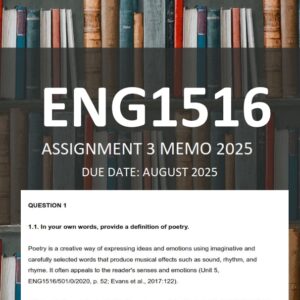












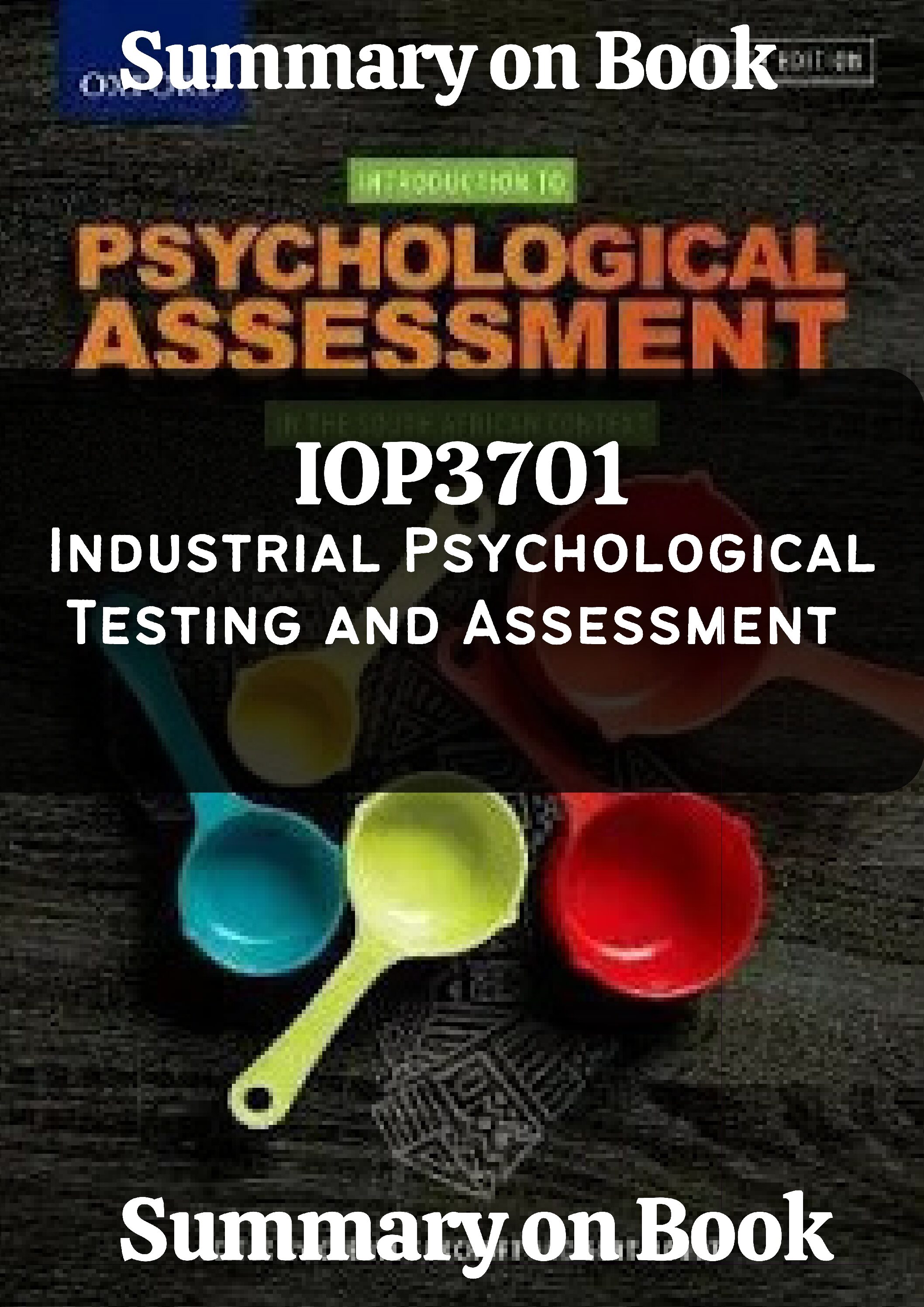

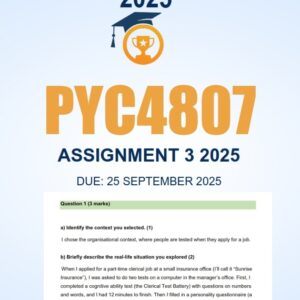


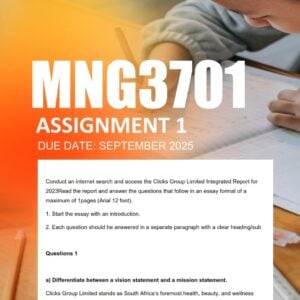
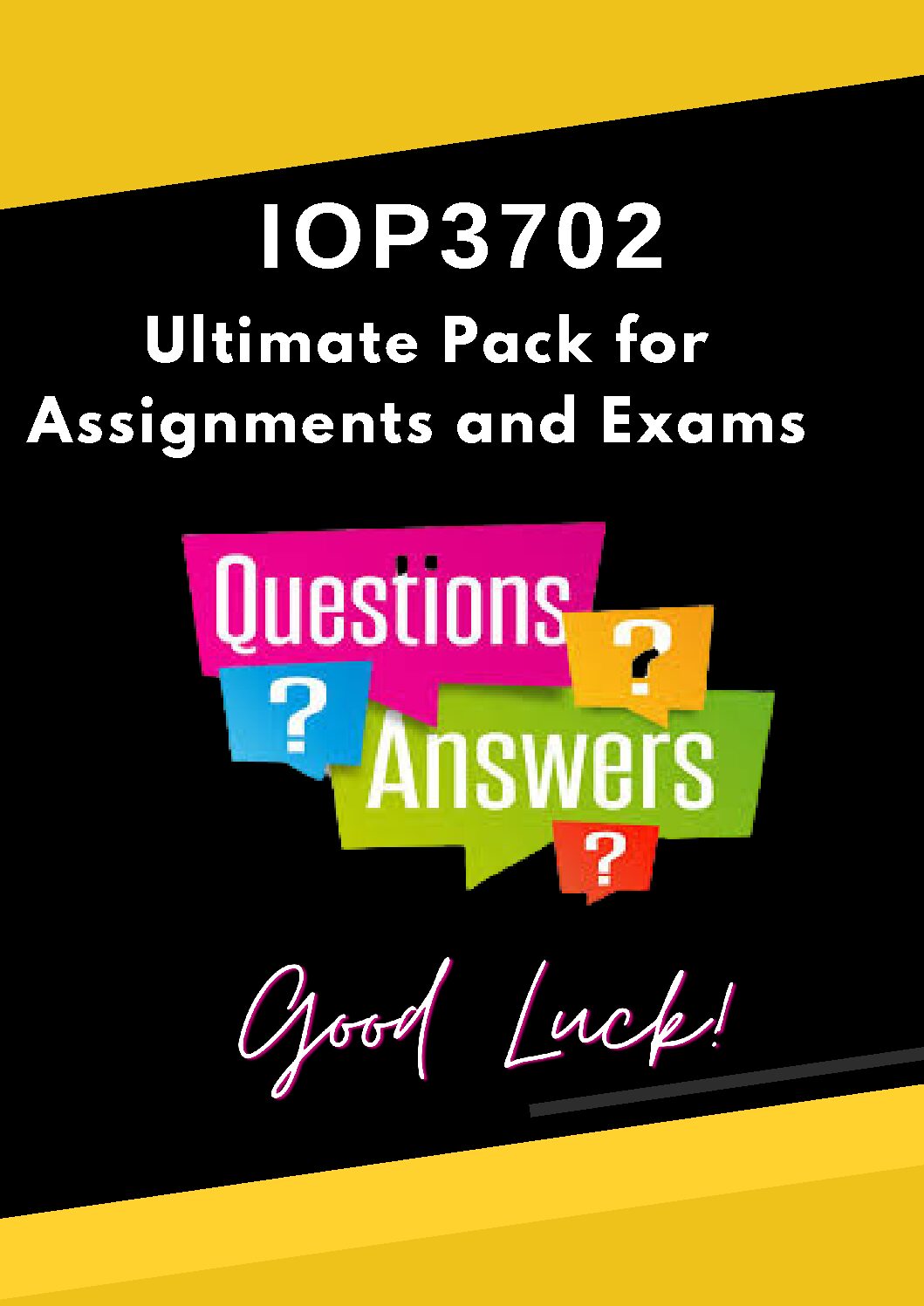




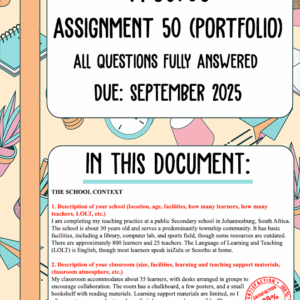






Reviews
There are no reviews yet.